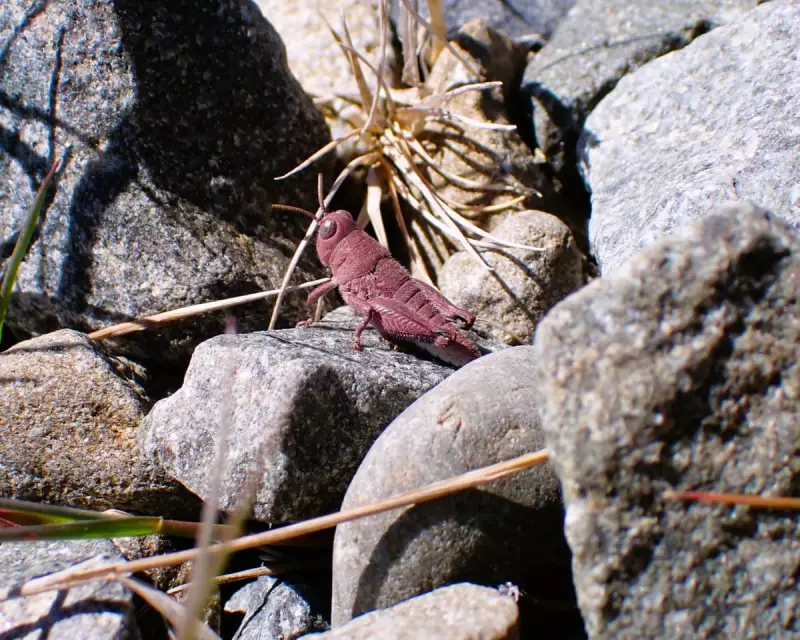
Rare Pink Insect Stuns Conservation Researchers
In an event described as exceptionally rare, a vividly pink grasshopper has been discovered basking in the sun in New Zealand's South Island. The unique insect was spotted by a team from the Department of Conservation during their annual grasshopper survey near Lake Tekapo in the Mackenzie basin.
The find has caused significant excitement among scientists, as the native robust grasshopper is typically grey or brown, a colouration that provides perfect camouflage against the river stones of its exclusive habitat.
A Genetic Fluke Revealed
Jen Schori, a Department of Conservation ranger involved in the survey, expressed her astonishment. "I’d heard rumours about a pink one but never seen one myself," she said. "It was so exciting. Pink grasshoppers are exceptionally rare."
The striking pink hue is believed to be caused by a genetic mutation known as erythrism. This condition results in an overproduction of red pigment and a reduction in the insect's usual natural colouration, creating its remarkable appearance.
The robust grasshopper is New Zealand's largest lowland grasshopper, but it is also a nationally endangered species. Current estimates suggest there are only 250 to 1,000 adult robust grasshoppers remaining in the wild.
A Precarious Existence for a Unique Creature
The challenges facing this species are numerous. They are threatened by:
- Habitat loss
- Climate warming
- Natural predators
The pink individual faces an even greater risk. "The pink one will unfortunately stand out even more to predators, which is why this sighting is so special," Schori noted, highlighting the vulnerability of the brightly coloured insect.
This particular grasshopper was found outside a protected predator exclusion fence, established in 2018 as the world's first insect sanctuary for the species. This means she must "fend for herself" in the wild.
Despite their endangered status and clumsy nature—"they are terrible at landing" according to Schori—there is hope. The females are about double the size of the males and are described as "quite robust." Researchers are optimistic that this unique female might breed and potentially pass on her rare colouration, leading to more pink grasshoppers in the future.





